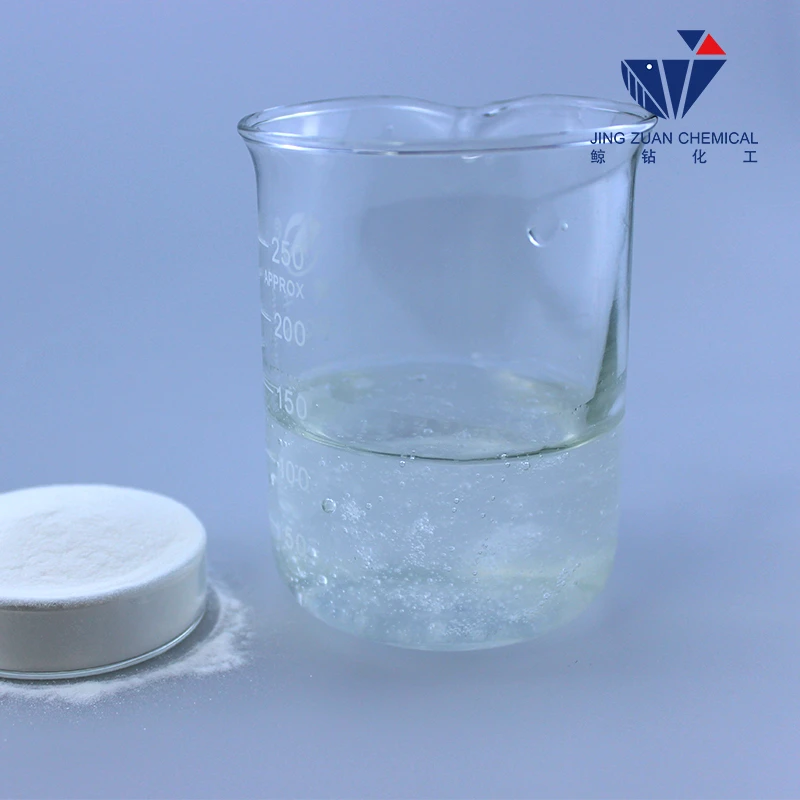
Каст . 15, 2024 12:51 Back to list
hpmc hydroxypropyl methylcellulose
Understanding HPMC Hydroxypropyl Methylcellulose
Hydroxypropyl methylcellulose (HPMC) is a versatile and widely used cellulose ether that plays a crucial role in various industries, including pharmaceuticals, food, and construction. As a semi-synthetic polymer, HPMC is derived from cellulose, a naturally occurring polysaccharide found in plant cell walls. Through a series of chemical modifications, cellulose is transformed into HPMC, imparting unique properties that facilitate its diverse applications.
Understanding HPMC Hydroxypropyl Methylcellulose
In the food industry, HPMC is recognized as a safe and effective food additive. It functions as a thickener, emulsifier, and stabilizer in various food products, enhancing texture and consistency. For instance, in gluten-free baking, HPMC can mimic the structural properties of gluten, helping to retain moisture and improve the overall quality of baked goods. Additionally, its ability to form gels makes it essential in low-fat and reduced-calorie products, as it can provide a desirable mouthfeel without adding additional calories.
hpmc hydroxypropyl methylcellulose

Another significant application of HPMC is in the construction industry, where it is used as an additive in cement and mortar. HPMC enhances the workability, open time, and water retention of cement-based materials. These properties are crucial for ensuring that construction materials remain workable for longer periods and that hydration occurs efficiently, leading to stronger and more durable structures.
HPMC is also gaining traction in the cosmetics industry, where it is utilized in various formulations such as lotions, creams, and hair care products. Its film-forming abilities contribute to the texture and stability of these products, providing a smooth and pleasing application experience. Furthermore, HPMC serves as a controlled-release agent in cosmetic formulations, allowing active ingredients to be gradually delivered to the skin for enhanced efficacy.
One of the advantages of using HPMC is its non-toxic and biodegradable nature, making it a preferred choice for eco-conscious consumers and manufacturers. As environmental awareness continues to grow, the demand for sustainable and safe ingredients in both food and personal care products is on the rise. HPMC fits this need perfectly, providing a solution that meets regulatory standards while also catering to consumer preferences.
In conclusion, hydroxypropyl methylcellulose (HPMC) is a multifunctional ingredient that plays an integral role in various sectors, including pharmaceuticals, food, construction, and cosmetics. Its unique properties—such as water solubility, gel formation, and non-toxicity—make it indispensable for improving product performance and consumer satisfaction. As industries continue to innovate and evolve, HPMC will undoubtedly remain a vital component, adapting to new applications and meeting the growing demands of both manufacturers and consumers.
-
tile-bonding-additives-for-stronger-bonds
NewsAug.22,2025
-
construction-grade-rdp-for-wholesale-needs
NewsAug.22,2025
-
trusted-wholesale-hec-partners
NewsAug.22,2025
-
hec-solutions-for-industrial-excellence
NewsAug.22,2025
-
construction-additives-need-hpmc-essentials
NewsAug.22,2025
-
hpmc-versatile-cellulose-ether-for-industries
NewsAug.22,2025







